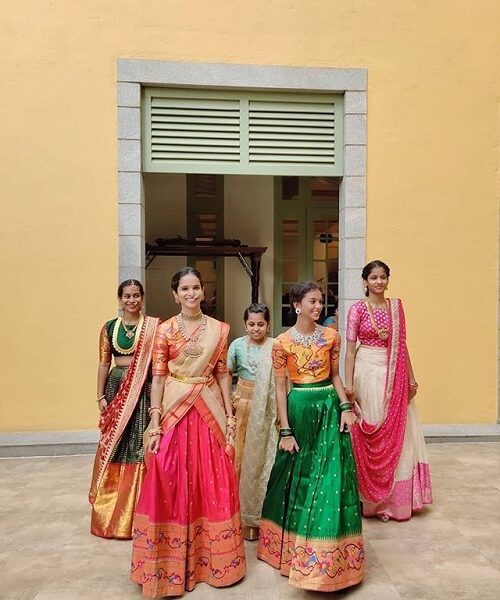
Paithani – For Maharashtrian Wedding !!
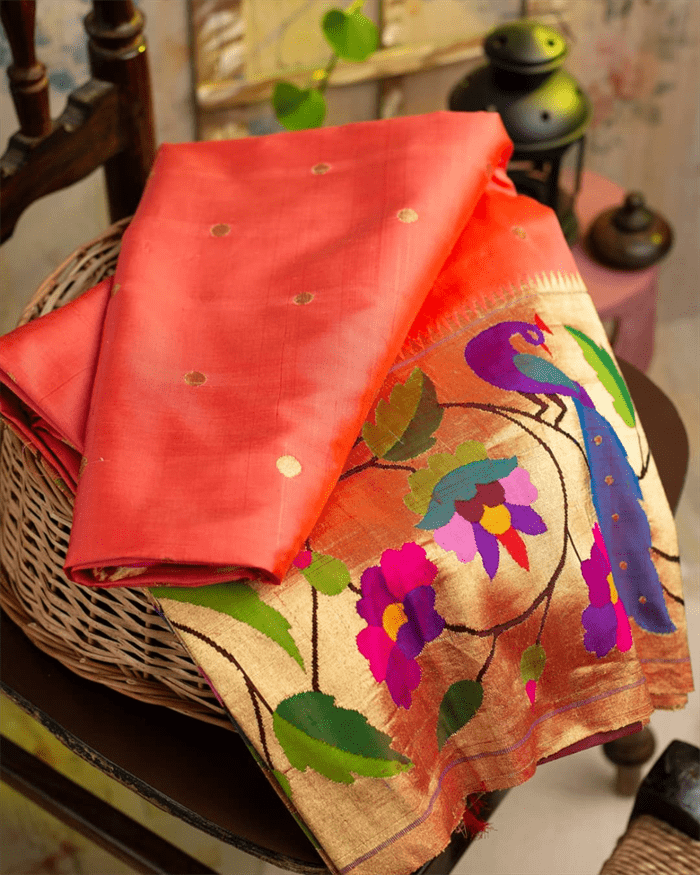
Origin of paithani as supreme fabric
The Paithani is known the world over for its uniqueness. It is one of the most beautiful fabric made of a gorgeous combination of silk and zari . This fabric is truly a poem in silk. The Paithani Saree is chosen by brides to wear on their special day, especially Maharashtrian families.
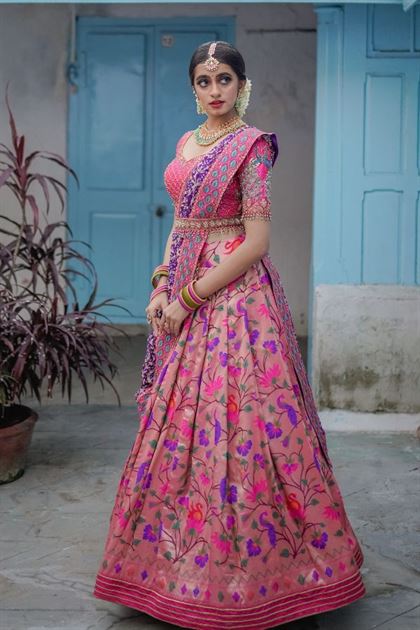
Flawless hairstyle and ornament for whole Maharashtrian look
Paithani saree is the best choice for whom who loves saree as wedding dress. While wearing a Paithani sari, women prefer to wear as much jewellery as possible for weddings and other formal occasions where an ornate look is necessary. Many times, the jewellery is paired with flower arrangements in the hair to add to the ethnic look and create an ensemble that exudes poise and elegance. Western forms of jewellery such as diamond sets also look fantastic with these sarees.
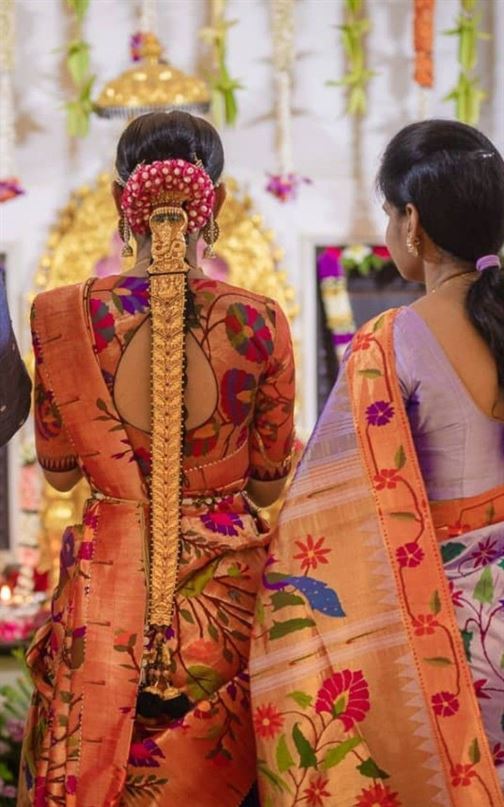
Know what perfectly collocate with paithani saree
A Paithani sari is such an elegant and stately garment, it needs to be styled in a way that is somewhat grand and majestic. Heavy Indian jewellery is popularly worn with them especially for formal occasions and events. Some of the most complimentary styles of jewellery with this sari include Kundan sets, Polki sets (made with uncut diamonds) and Meenakari sets. As this saree is made of silk, a string of pearls can also set off the color of the fabric in an extremely chic manner. It is also a great way to juxtapose an ethnic garment with what is considered to be a western form of jewellery. Sets of jewellery generally include necklaces, earrings and rings.
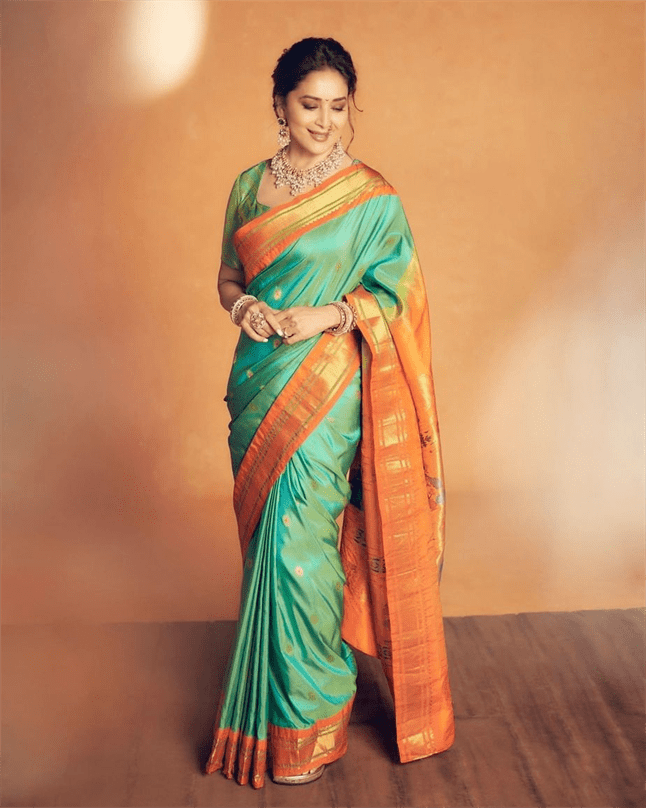
Traditional type of paithani design
Paithani is highly associated with history and culture. Because of this Paithani originated in such close proximity to the Ajanta caves in India, one can spot a lot of Buddhist influences on the garment in the form of patterns and motifs, such as the lotus flower on which the Buddha sits. Aesthetically, these symbols are rarely used in India, which again makes this garment a unique artefact. In spite of, or perhaps because of, the amount of attention given to detail on the body of a Paithani lehenga or saree, blouse designs in general tend to come across as somewhat plainer.
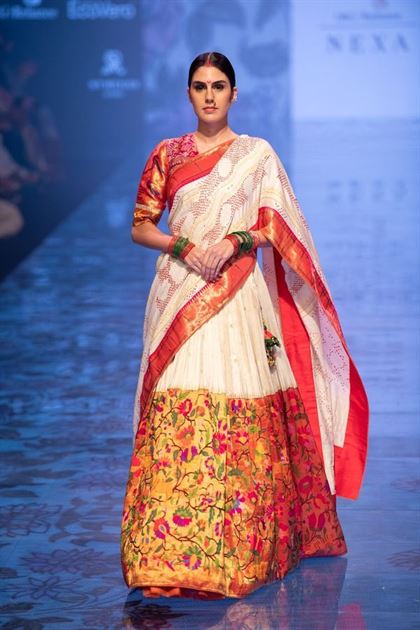
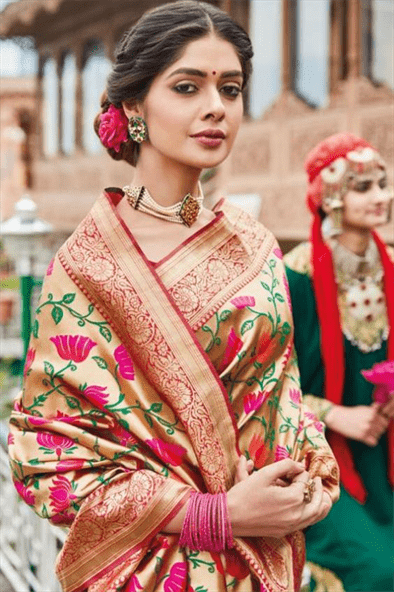
Wrap a pure paithani artwork saree
This pleasing work is perfect mixer of what an Indian art is popular for in whole world. In making of paithani A thread of color is used to weave the fabric lengthwise while a different color is used to weave it width wise, which is how the kaleidoscopic effect is achieved. Another speciality of the Paithani sari is that it is a silk sari with traces of gold zari in it. As this garment was designed for wealthier and more sophisticated buyers, it was created in a way that ensured that it would be immensely rich and intricate.
The sarees are available in plain as well as detailed forms. It is the combination of simplicity and grandeur that makes the saree one of a kind. It is available in multiple colours and with a variety of traditional motifs that carry its history in its threads. Another feature that makes Paithani sarees so beloved is the fact that it holds the same stunning designs on both sides of the saree. This allows the saree to shimmer and glow in every wrap and turn.
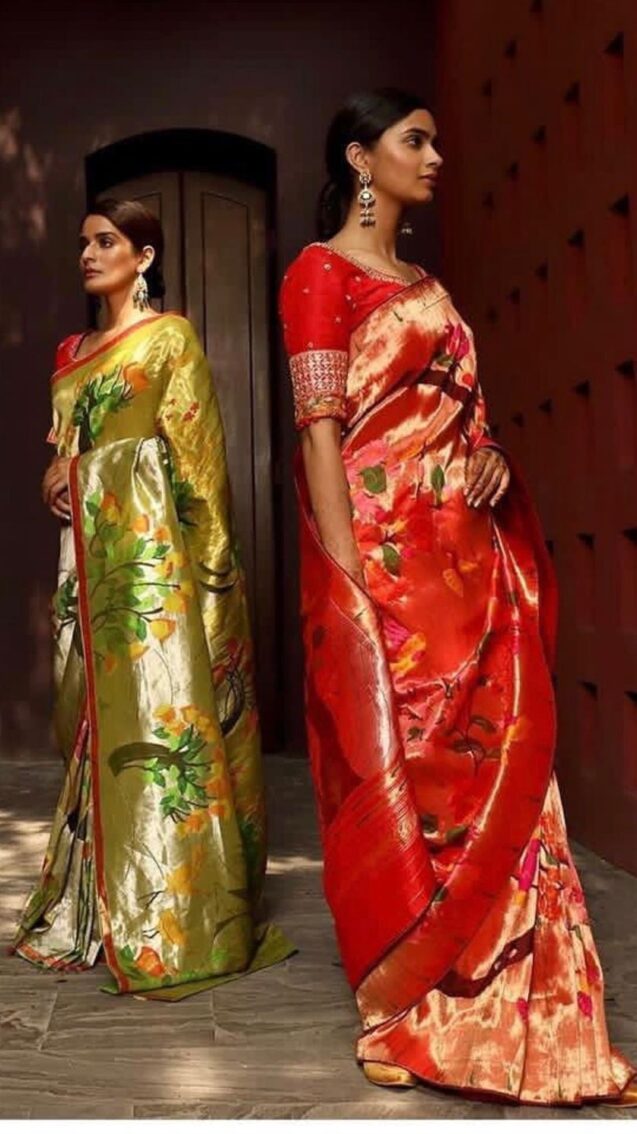
Richness of Maharashtrian regional outfit
One can create a whole wedding look just by enduring paithani. As it turn out rich look .some reasons behind its richness are The lustrous weave makes for a joyful intermingling of hues that creates the delicate illusion of shifting colours. The traditional motifs include parrots, peacocks and lotuses; however, during the Peshwa period, the Hans motif, the Ashraffi motif and the Asawalli were equally popular. The pallu usually consists of Muniya, a kind of parrot that is woven in the borders in green, with a whimsical touch of red at the mouth. Some of the other designs found on the pallus include the Panja, a geometrical flower-like motif most often outlined in red, the Barwa, that consists of twelve strands of a ladder and three strands on each side, and the traditional Mor (peacock).
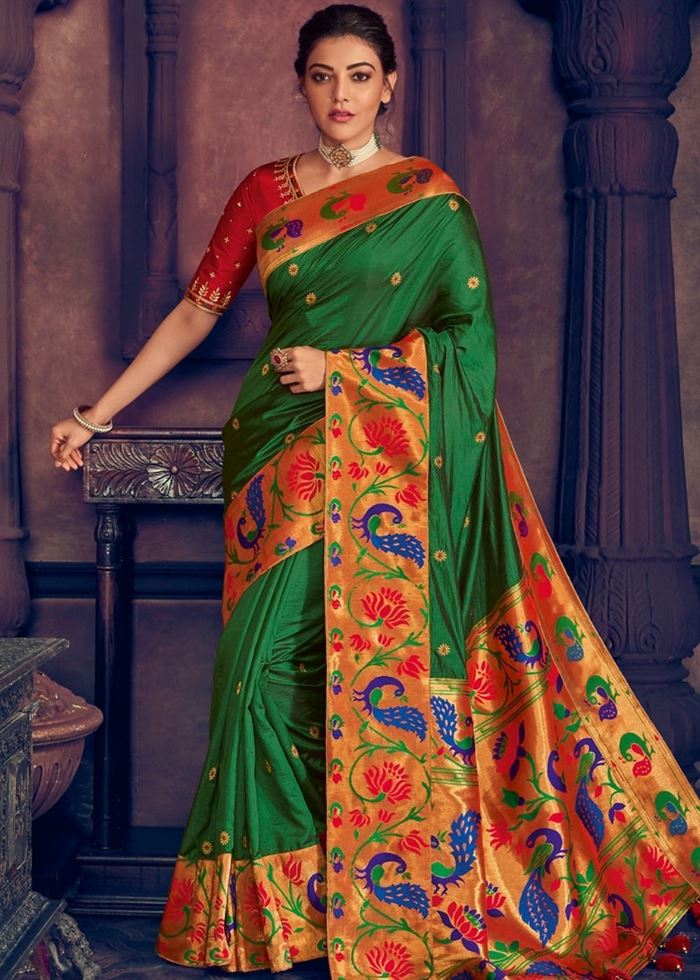
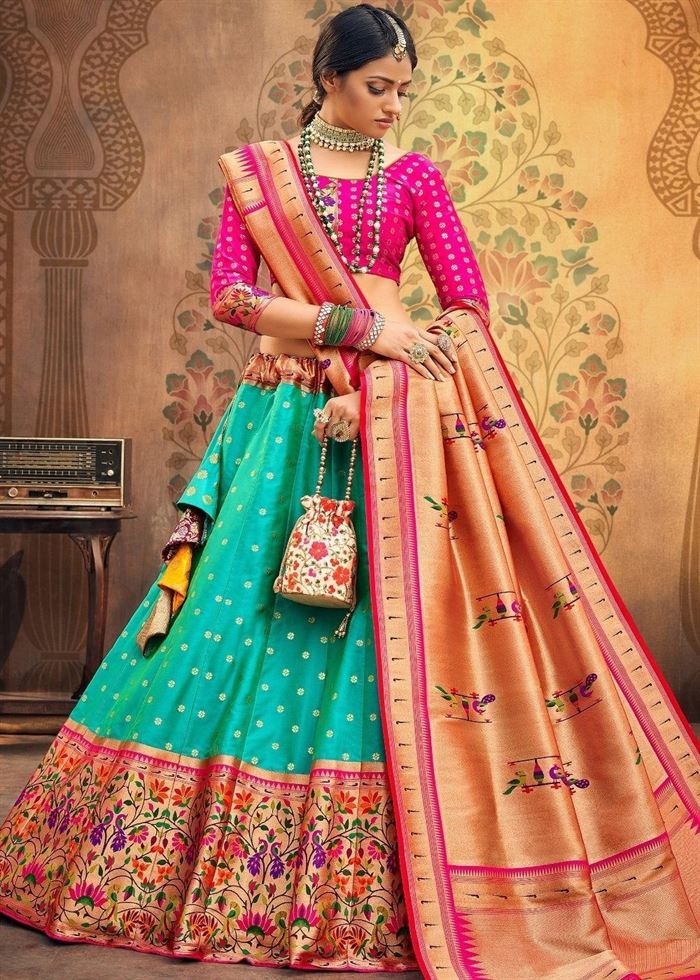

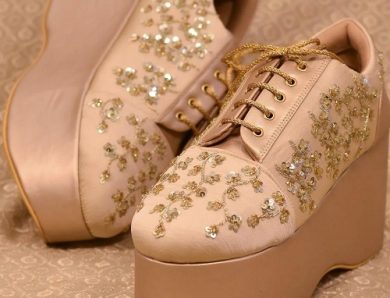
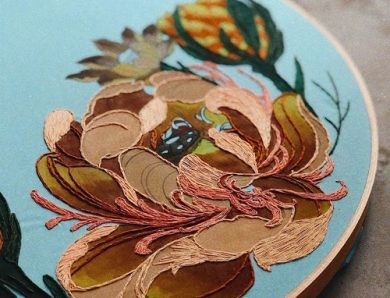
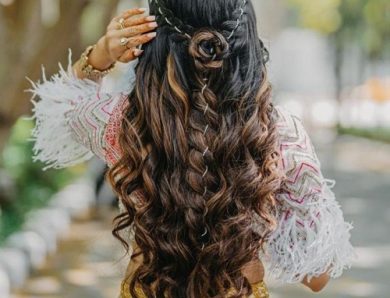
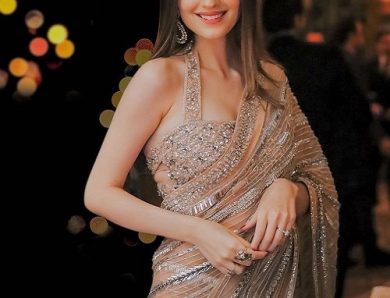
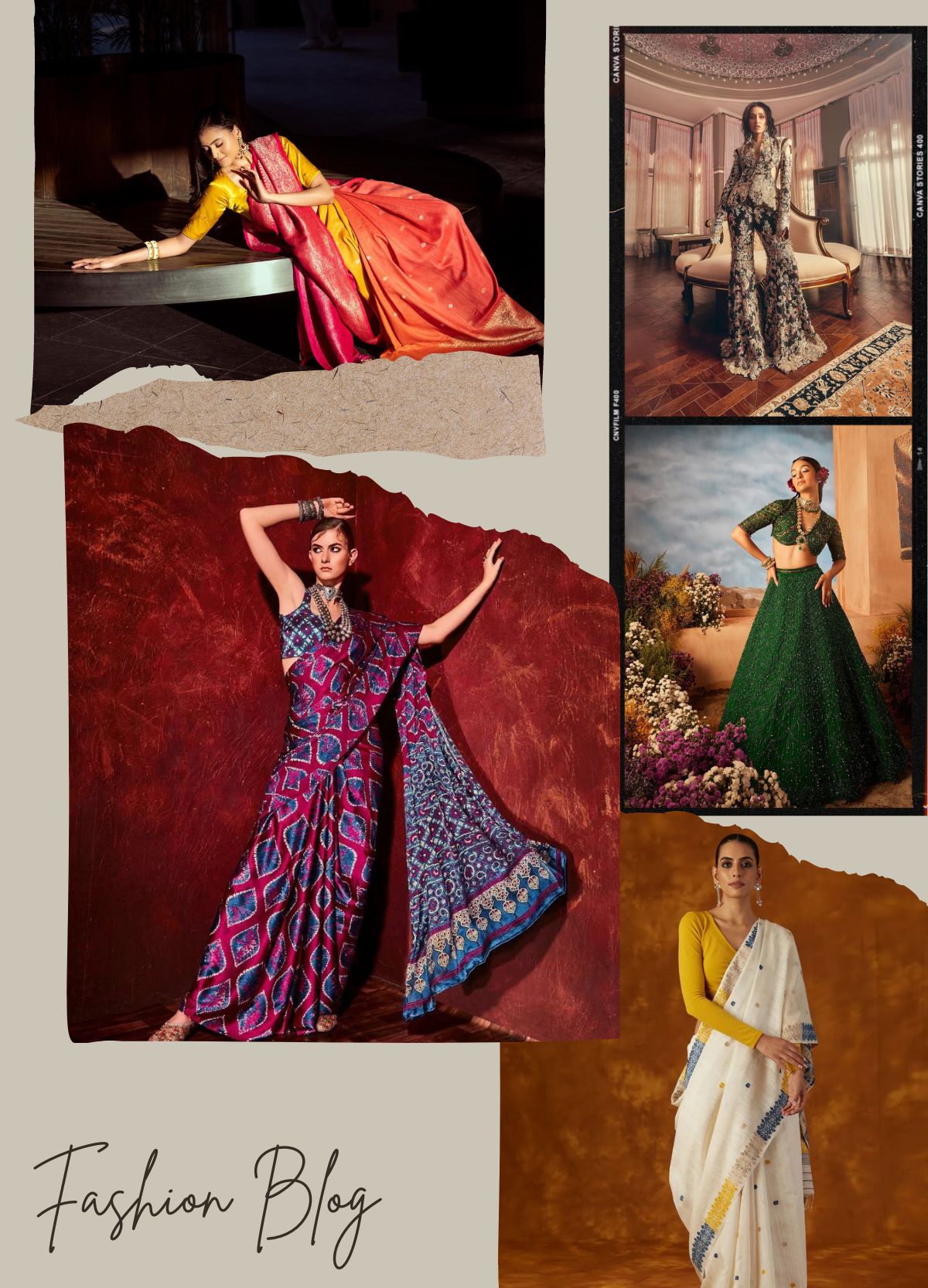
14 Comments